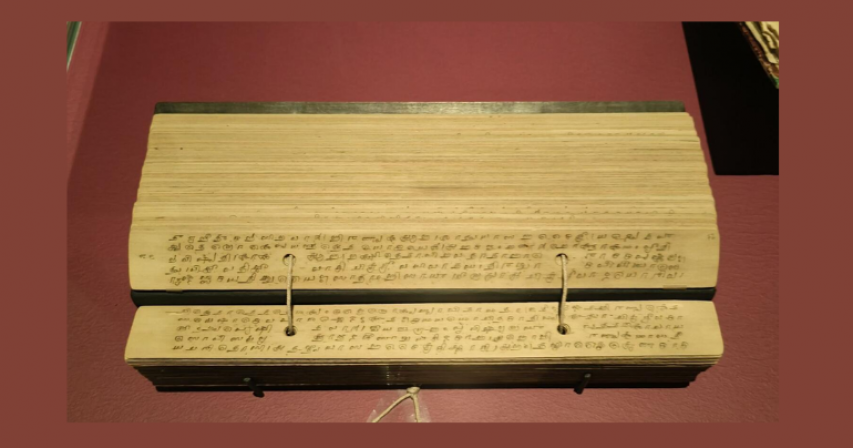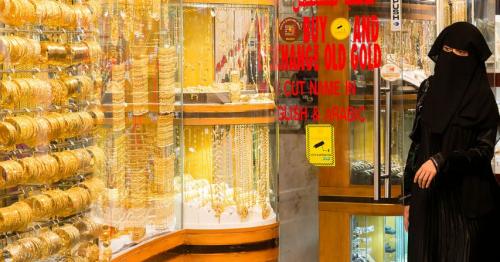Rare manuscripts show India's 'Panchatantra' influence on world literature in Abu Dhabi

Exploring the Influence of India's 'Panchatantra' on World Literature in Abu Dhabi
Abu Dhabi, known for its cultural richness, is currently hosting an exhibition titled 'Kalila wa Dimna' at the Louvre. This exhibition showcases rare manuscripts that shed light on the profound influence of India's 'Panchatantra' on global literature. Curated by Ashwani Kumar, the exhibition delves into the fascinating world of animal fables, tracing their evolution and impact across different cultures and traditions.
The Tale of Kalila and Dimna
Among the captivating stories featured in the exhibition is 'The Lion and the Bull,' depicting the cunning antics of two jackals, Kalila and Dimna, in the court of a lion. Through deceit and manipulation, Dimna orchestrates a tragic conflict between the lion and a bull named Shanzaba, resulting in dire consequences. This poignant narrative serves as a moral lesson, cautioning against the dangers of deceitful behavior.
Origins and Transmission
The origins of 'Kalila wa Dimna' can be traced back to the ancient Indian collection of fables known as the 'Panchatantra.' Translated into Arabic by Ibn Al Muqaffa, this masterpiece marked the beginning of its widespread dissemination across the East and the West. Over the centuries, the text underwent numerous translations and adaptations, enriching diverse literary traditions with its timeless wisdom.
Annie Vernay Nouri, the curator of the exhibition, highlights the intricate journey of 'Kalila wa Dimna' from its Sanskrit origins to Middle Persian, Arabic, and eventually, Eastern and Western languages. Each translation and adaptation contributed to the evolution of the narrative, introducing new characters and interpretations while preserving its core moral teachings.
Dive into the World of Fables
The exhibition offers visitors a unique opportunity to immerse themselves in the enchanting world of fables through rare manuscripts and illustrations. From Al Muqaffa's 'Kalila wa Dimna' to the fables of Aesop and Jean de La Fontaine, the exhibition showcases the universal appeal of these timeless stories. Through intricate drawings and moral lessons, visitors can trace the cultural exchange and transmission of values across generations.
Evolution of Fables
Fables have long served as a means of moral education, imparting valuable lessons on ethics and behavior. Visitors can explore the evolution of fables and their adaptation into various forms of artistic expression, from Louis XV's meticulous copying of 'The Fox and the Stork' to the incorporation of fables into everyday objects and advertisements.
A Multifaceted Exhibition Experience
The exhibition goes beyond showcasing manuscripts and illustrations, offering a multifaceted experience for visitors. From porcelain works by Turkish artist Melis Buyruk to contemporary art installations by Dubai-based Iranian artists, the exhibition celebrates the enduring relevance of fables in today's world. With more than 130 artworks on display, lent from prestigious institutions worldwide, visitors are invited to explore the timeless wisdom encapsulated in these captivating tales.
Conclusion
'Kalila wa Dimna' exhibition at the Louvre Abu Dhabi serves as a testament to the enduring legacy of India's 'Panchatantra' and its influence on world literature. Through immersive storytelling and artistic expression, the exhibition celebrates the universal appeal of fables while highlighting their profound cultural significance across diverse traditions.
By: Sahiba Suri





Comments